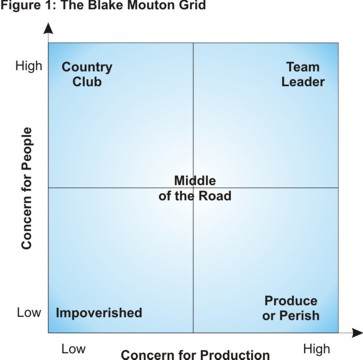
The line manager is involved in human resources management quite often. There is sort of cooperation between these two departments. What are the advantages and drawbacks of this relation?
Advantages:
• as he is close to own staff and well oriented in his work department, he better knows what kind of new employee is needed, what are desire characteristics for particular role. According to this knowledge he can instruct HRM in reference to new staff hiring.
• line manager reacts more immediately and appropriately for any issues related to people development than HRM (Whittaker & Marchington, 2003).
• by shifting more responsibility onto the line managers and giving them wider duties to carry out – these related to HRM, the actual HRM department could have less work and duties to take care of.
• broadening line manager’s duties leads to his own development, while he needs to have more responsibility and tasks to take care of (Larsen and Brewster, 2003).
• greater involvement of line manager in HR matters results with higher performance through commitment, not control like in case of HRM. Line managers taking role of leader are more successful in managing of a motivated work team (Hales, 2005).
Drawbacks:
• broader duties of line managers may cause increase in workload importantly. Too much workload leads to fear of new responsibilities and feel of incompetence among line managers.
• skills of line managers can be restricted and deficiency in appropriate HR training will affect their general effectiveness.
• Inability in understanding of HR management could restrict company to develop a strong learning culture (McCracken and Wallace, 2000)
• pressure put on line managers to finish short-term plans and lack of appropriate specialist experience restrict line managers’ HR involvement, that means that long-term projects are the first to neglect and put aside.
• bigger involvement of line managers in HR performance decreases the importance of HR as a specialist discipline.
By CIPD (2009) front line managers hold significant responsibility of company’s performance. There are particular skills desired, which line managers should have. As they are direct link between employees and human resources management, their communication skills need to be at high level. Good relations with workers are necessary to deliver good communication skills. They need to lead and listen to staff, help with solving problems, which may occur. Help and support are significant to improve staff’s performance in work. Building effectively working teams, coaching and guiding employees are crucial skills for every line manager. To top up these skills, fill all requirements and deliver appropriate support to workers - line managers must be self-confident and feel secure about their position at work.
The line manager in Pizza Express – the place of my employment is very social person with good communicative skills. Every day we start work she instructs us, says how could it be that day, what we can expect. Every time it gets busy or her help is needed she is always there to help us, no matter what the problem would be she guides us how to cope with it and shows right direction.
In terms of matching my skills to human resources manager or line managers, I feel I would become better human resource manager. Reason for it is that I feel to have better skills in terms of choosing, analysing and developing creative recruitment solutions than coping with writing reports and developing and maintaining production techniques.
REFERENCES
Hales, C. (2005): “Rooted in Supervision, Branching into Management: Continuity and Change in the Role of First-Line Manager”, Journal of Management Studies, Vol. 42, No. 3, p. 471-506.
Larsen, H.H. & Brewster, C. (2003): “Line Management Responsibility for HRM: What is Happening in Europe”, Employee Relations, Vol. 25, No. 3, p. 228-244.
McCracken, M. & Wallace, M. (2000): “Towards a redefinition of strategic HRD”, Journal of European Industrial Training, Vol. 24, No. 5, p. 281-290.
Whittaker, S. & Marchington, M. (2003): “Devolving HR Responsibility to the Line: Threat, Opportunity or Partnership?”, Employee Relations, Vol. 25, No. 3, p. 245-261.
CIPD (2009) The role of front line managers in HR [online]. Available from: http://www.cipd.co.uk/subjects/maneco/general/rolefrntlinemngers.htm
[Accessed 3 May 2010].




+%5B640x480%5D.JPG)
+%5B640x480%5D.JPG)
















